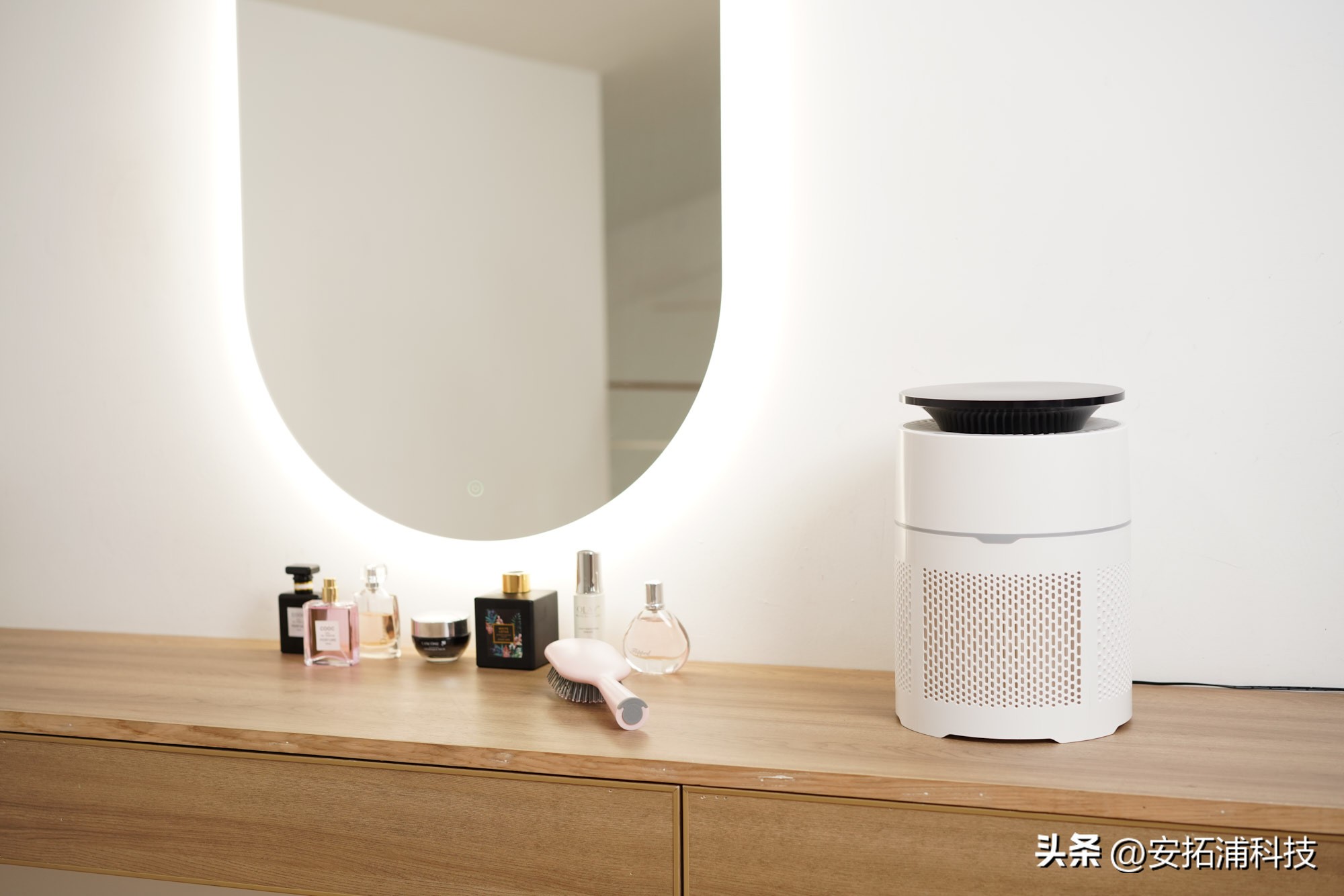How Long Does An Air Purifier Take To Work
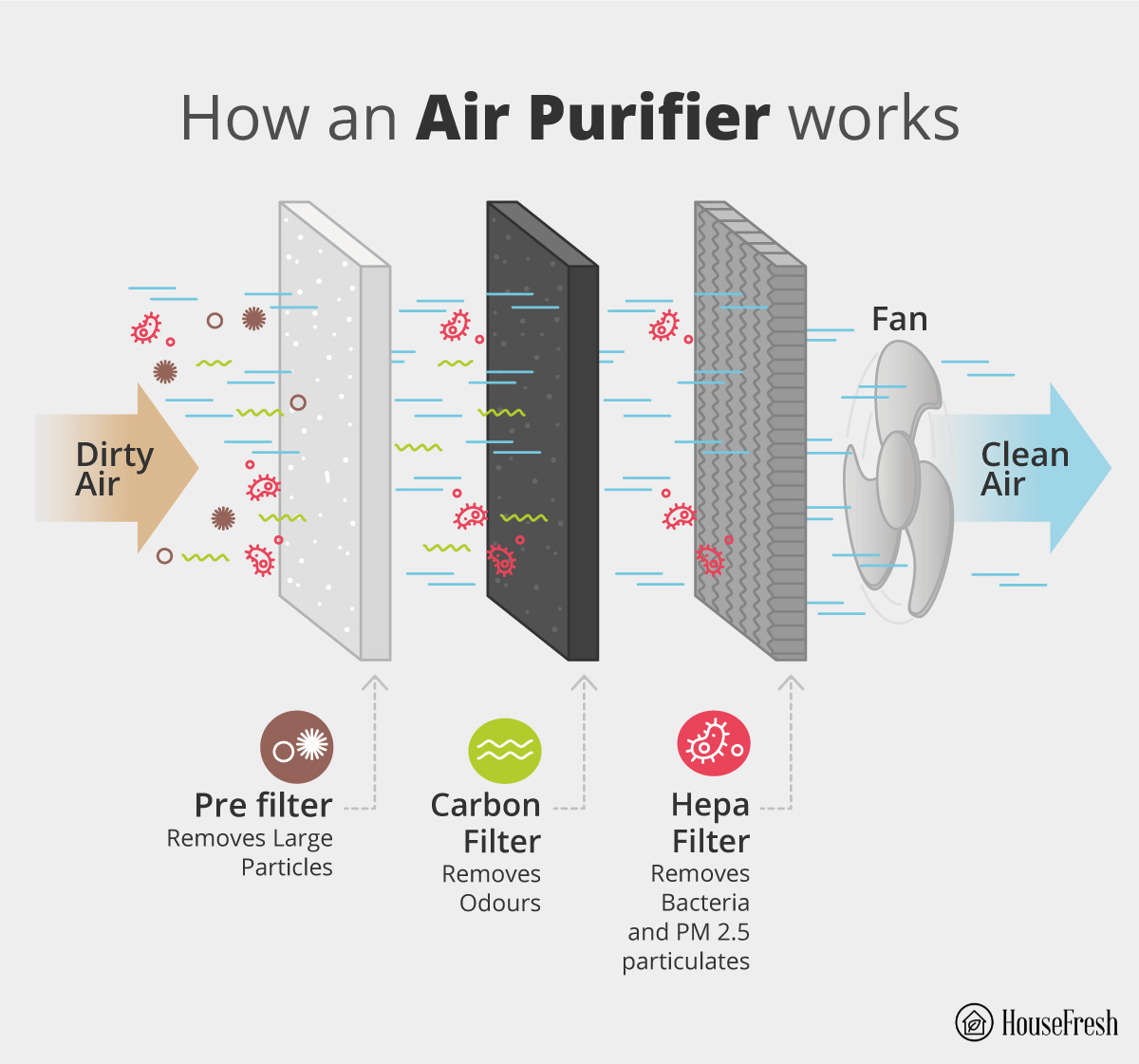
Imagine stepping into your home after a long day, expecting the sanctuary you’ve carefully curated. Instead, you're greeted by a lingering pet odor, the faint smell of last night's dinner, or perhaps even a persistent dustiness that tickles your nose. You switch on your air purifier, a beacon of hope against these invisible irritants. But how long will it *really* take for that clean, fresh air to permeate your living space?
The question of how long an air purifier takes to work isn't a simple one. It depends on a multitude of factors, including the size of the room, the type of air purifier, the level of pollutants, and even the airflow dynamics within your home. Understanding these variables is crucial for setting realistic expectations and maximizing the effectiveness of your air purification efforts.
The Science Behind Clean Air
To truly appreciate the timeframe, it’s helpful to delve into the mechanics of air purification. Air purifiers work by drawing air in, filtering out pollutants, and then releasing cleaner air back into the room.
Most utilize a combination of filters, with HEPA (High-Efficiency Particulate Air) filters being the gold standard for capturing tiny particles like dust, pollen, and pet dander. Some also incorporate activated carbon filters to absorb odors and gases, while others employ UV-C light to kill bacteria and viruses.
Key Factors Influencing Purification Time
Several elements play a significant role in determining how quickly an air purifier can make a noticeable difference. Let's explore these in more detail:
Room Size: The square footage of the room is a primary factor. A larger room will naturally take longer to purify than a smaller one, as the air purifier needs to process a greater volume of air. Air purifier manufacturers often specify the recommended room size for their products, usually based on the Clean Air Delivery Rate (CADR).
CADR: CADR measures the volume of air that an air purifier can clean per hour for specific pollutants like dust, pollen, and smoke. A higher CADR indicates a faster purification rate. When selecting an air purifier, ensure the CADR is appropriate for the size of your room.
Pollutant Levels: The existing level of pollutants in the air significantly impacts the purification time. A room filled with smoke from a recent fire will take considerably longer to clean than a room with just a slight accumulation of dust. Higher pollution levels require the air purifier to work harder and longer.
Air Purifier Type: Not all air purifiers are created equal. HEPA filters are generally considered most effective for particulate matter. Air purifiers that include activated carbon filters are better suited for removing odors and volatile organic compounds (VOCs). Consider the specific pollutants you're targeting when choosing an air purifier.
Airflow and Circulation: The layout of the room and the presence of obstacles can affect airflow. Proper placement of the air purifier is crucial for optimal performance. Avoid placing it behind furniture or in corners where airflow is restricted. Ensure good air circulation throughout the room by opening doors or using fans.
Filter Maintenance: A clogged or dirty filter significantly reduces the efficiency of an air purifier. Regularly cleaning or replacing filters as recommended by the manufacturer is essential for maintaining optimal performance. Neglecting filter maintenance can dramatically increase the time it takes for the air purifier to clean the air.
Realistic Expectations: What to Expect and When
So, with all these factors in play, what's a realistic timeframe to expect noticeable results? In general, most air purifiers will begin to show a measurable improvement in air quality within 30 minutes to an hour.
For significant improvements, such as reducing odors or clearing smoke, it may take several hours or even overnight. Continuous operation is often recommended, especially in environments with ongoing sources of pollution.
According to the Environmental Protection Agency (EPA), using an air cleaner is just one strategy to improve indoor air quality. The EPA recommends controlling the source of pollutants, improving ventilation and using air cleaners to supplement these efforts.
Signs Your Air Purifier is Working
While you might not always see the immediate effects, here are some signs that your air purifier is doing its job:
Reduced Odors: A noticeable decrease in lingering smells, such as pet odors, cooking smells, or mustiness. This is especially true for air purifiers with activated carbon filters.
Fewer Allergies: A reduction in allergy symptoms like sneezing, coughing, and itchy eyes, particularly during allergy season. This indicates that the air purifier is effectively removing pollen and other allergens from the air.
Less Dust: Noticeably less dust accumulating on surfaces. This suggests that the air purifier is capturing dust particles before they settle.
Improved Sleep: Better sleep quality, potentially due to reduced allergens and irritants in the air. Cleaner air can contribute to a more comfortable and restful sleep environment.
Maximizing Your Air Purifier's Performance
Here are some tips to ensure your air purifier operates at its peak efficiency:
Choose the Right Size: Select an air purifier that is appropriately sized for the room you intend to use it in, based on the CADR rating. Using an undersized air purifier will result in inadequate air purification.
Proper Placement: Position the air purifier in a central location in the room, away from obstructions that could impede airflow. Elevating the air purifier can also improve its performance.
Regular Maintenance: Clean or replace filters according to the manufacturer's instructions. A clogged filter reduces efficiency and can even damage the air purifier.
Continuous Operation: Run the air purifier continuously, especially in areas with high levels of pollution or during allergy season. Continuous operation ensures consistent air purification.
Address the Source: While an air purifier can help, it's also important to address the source of the pollution. This may involve improving ventilation, controlling humidity, or using non-toxic cleaning products.
Beyond the Immediate: Long-Term Benefits
While the initial timeframe focuses on noticeable improvements, the long-term benefits of using an air purifier can be profound. Regular use can contribute to a healthier living environment, especially for individuals with allergies, asthma, or other respiratory conditions.
By removing pollutants from the air, air purifiers can help reduce exposure to allergens, irritants, and harmful particles that can trigger respiratory problems. This can lead to fewer allergy attacks, reduced asthma symptoms, and improved overall respiratory health.
Furthermore, cleaner air can also contribute to better sleep, increased energy levels, and improved cognitive function. By reducing exposure to pollutants, air purifiers can help create a more comfortable and healthy living environment for everyone in the home.
Investing in clean air is an investment in your well-being. It's about creating a healthier, more comfortable, and ultimately more enjoyable living space.
While the exact time it takes for an air purifier to work depends on various factors, understanding these factors and taking proactive steps to maximize performance will ensure that you reap the full benefits of cleaner, fresher air in your home. It's not just about breathing easier; it's about living better.



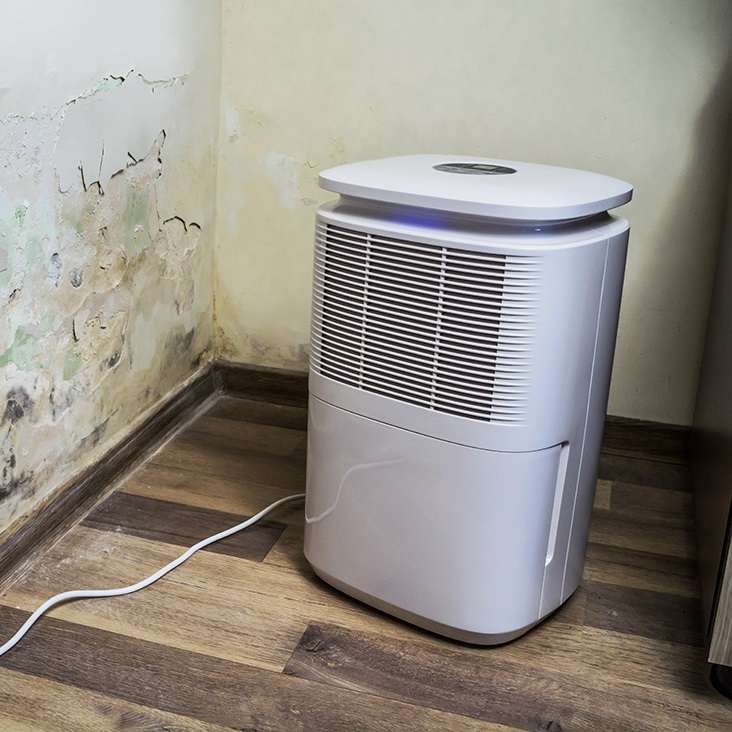
![How Long Does An Air Purifier Take To Work How Long Do Air Purifiers Take To Work? [Complete Guide]](https://www.smartwisehome.com/wp-content/uploads/Downloader.la-6264c7fc3861a.jpg)

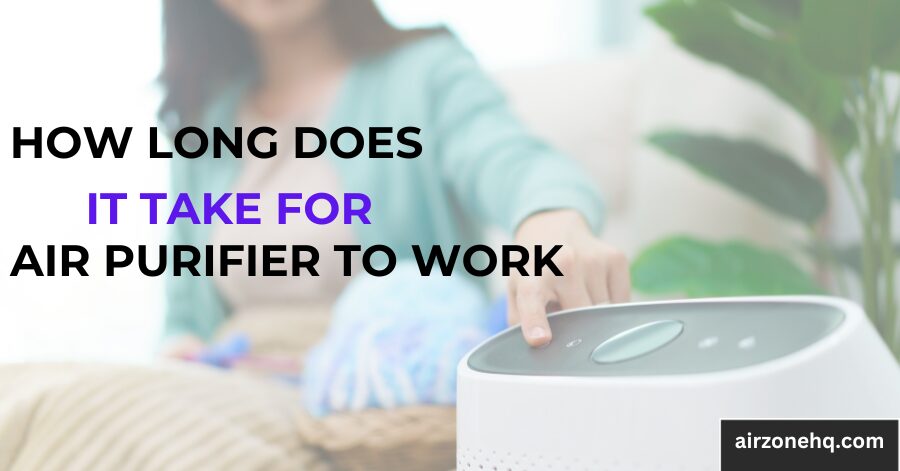

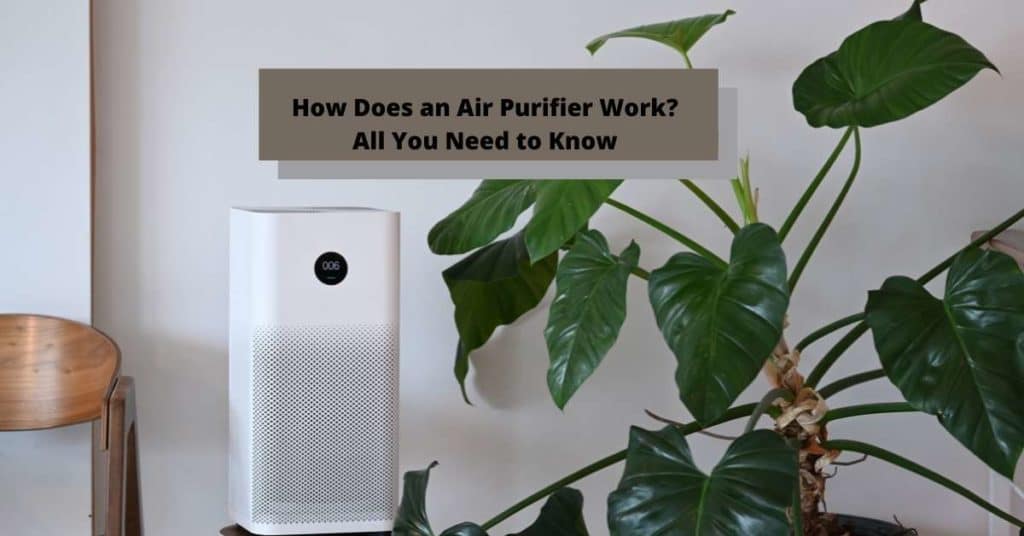

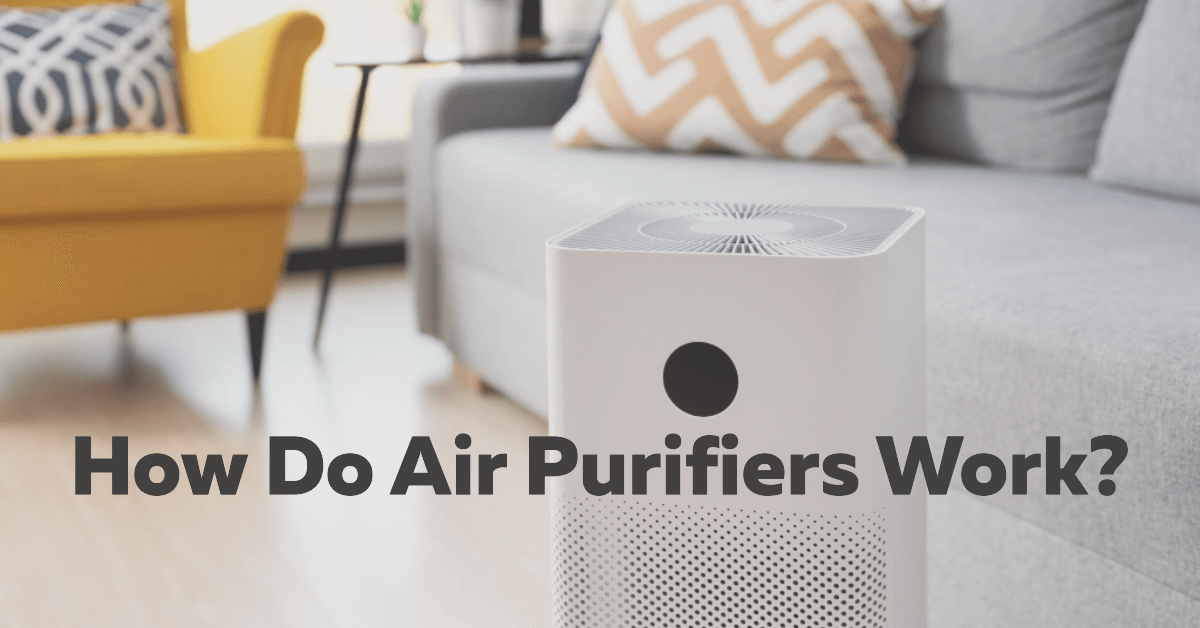

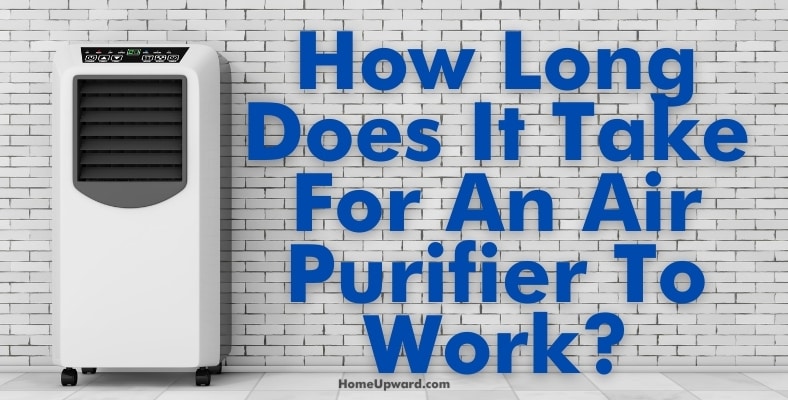
![How Long Does An Air Purifier Take To Work How Long Do Air Purifiers Take To Work? [Complete Guide]](https://www.smartwisehome.com/wp-content/uploads/How-Long-Do-Air-Purifiers-Take-To-Work.jpg)
